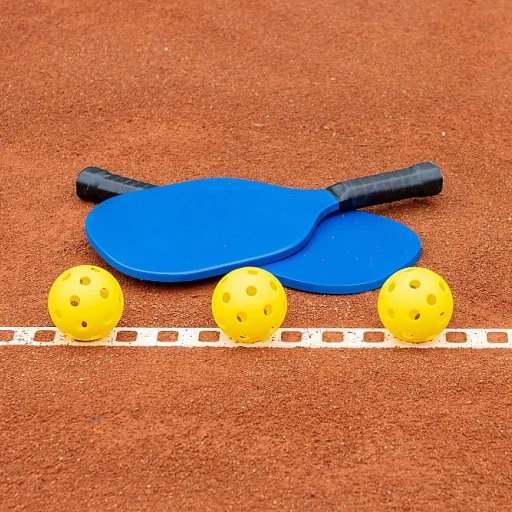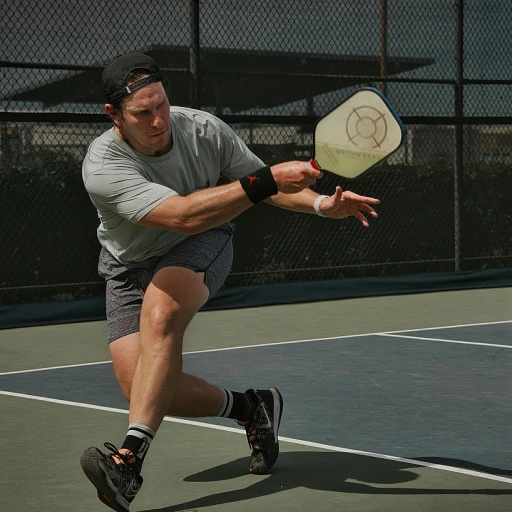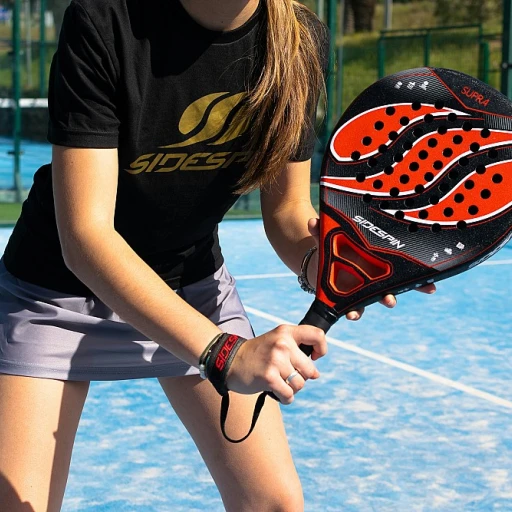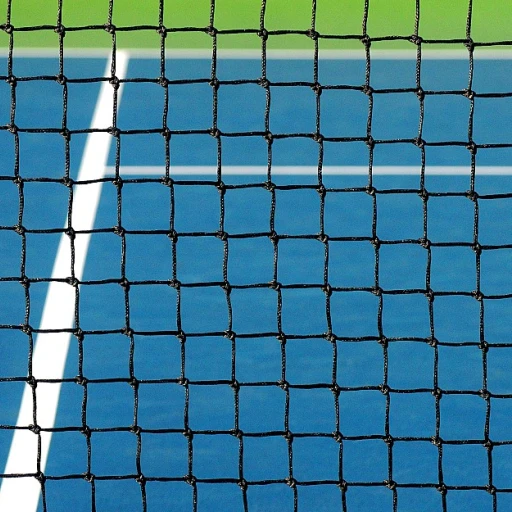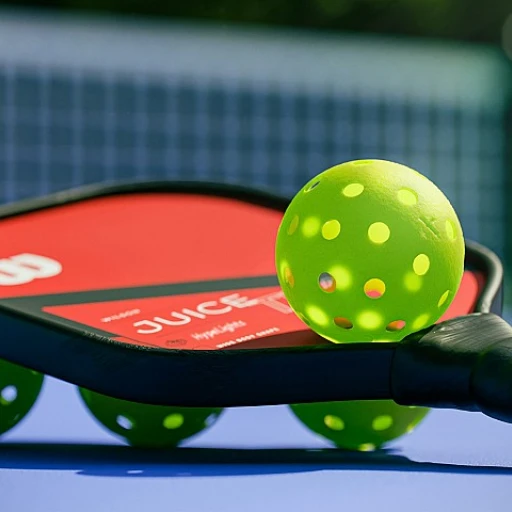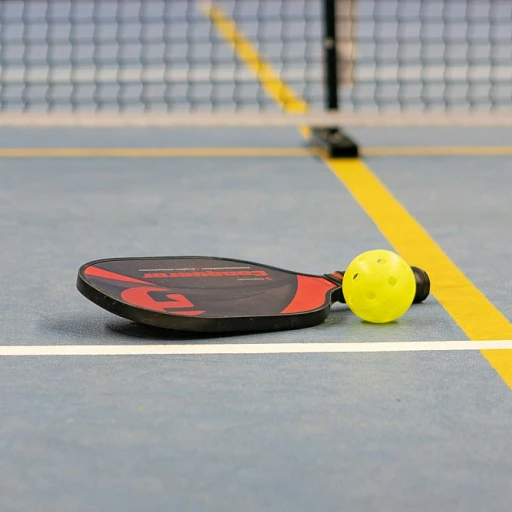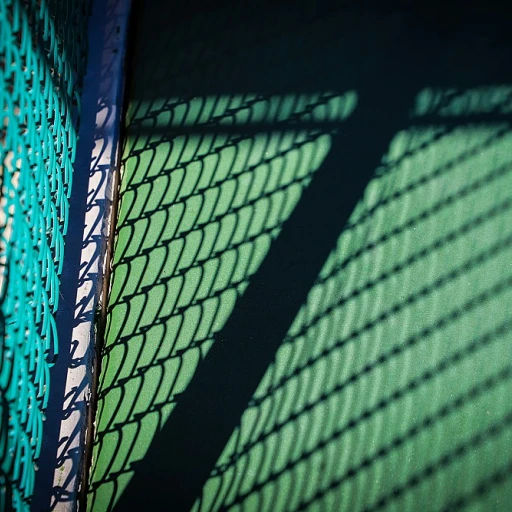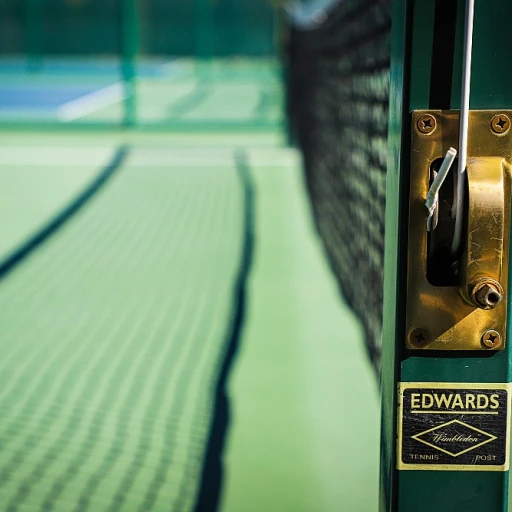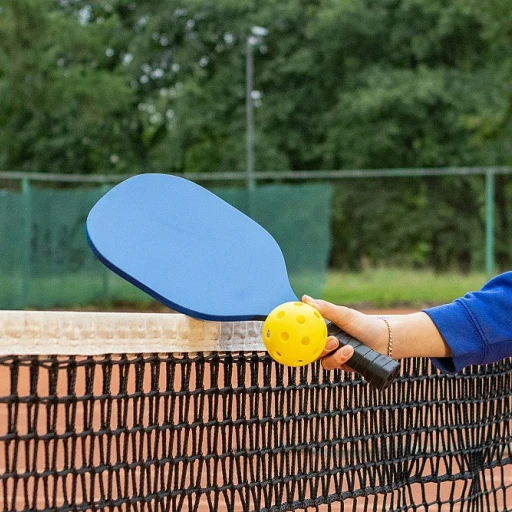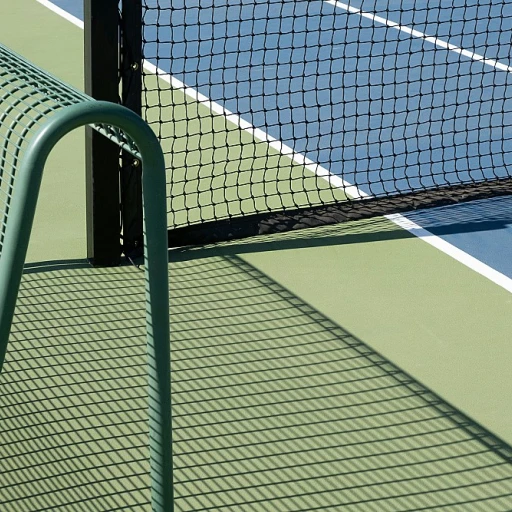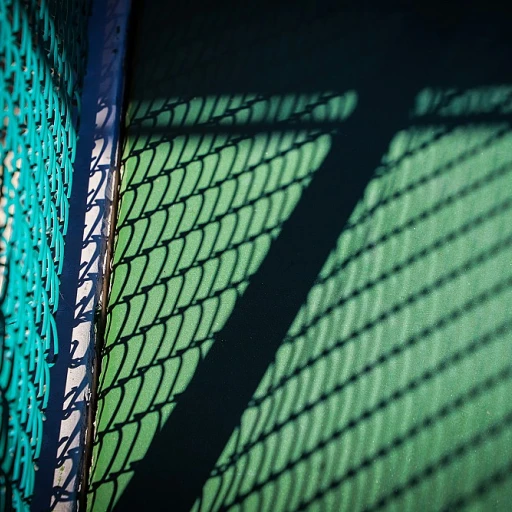
Factors Influencing Paddle Longevity
Understanding Key Elements That Impact Paddle Wear and Tear
When it comes to the longevity of a pickleball paddle, several factors can influence how long a paddle will perform optimally before needing replacement. For avid players who enjoy the game several times a week, it is essential to consider these elements that can significantly impact a paddle’s lifespan.
- Material Quality: The material from which a pickleball paddle is constructed plays a vital role in its durability. High-quality materials such as carbon fiber are known to offer better performance and potentially last longer compared to other options. Investing in the best pickleball paddles made with top-notch materials can be economical in the long run.
- Playing Style: A player’s style can also contribute to wear. Aggressive players who play power shots and engage in intense games may notice faster deterioration of their paddles. The paddle face, in particular, can show signs of wear and might need attention or even tape protection to prolong its life. Read more on using pickleball edge tape to further enhance longevity.
- Usage Frequency: The frequency of play can define how quickly a pickleball paddle will wear out. If a player uses the same paddle throughout multiple game sessions weekly, they might have to replace it within a few months to a year, depending on the level of care and maintenance applied.
- Environmental Conditions: Playing in harsh weather conditions, such as extreme heat or cold, can damage a paddle. Keeping paddles safe from such exposure when not in use will help them last longer.
These factors, among others, contribute to the wear and overall lifespan of a paddle. While maintenance can help prolong it, eventually replacing a paddle is inevitable to ensure top-notch performance in your pickleball games.
Signs Your Paddle Needs Replacement
Recognizing When It's Time to Retire Your Paddle
Pickleball paddles, like any sports equipment, have a lifespan that can be affected by various factors. Knowing when to replace your paddle is crucial for maintaining optimal performance during play. Here are some key signs that indicate your paddle may need replacement:
- Visible Wear and Tear: Over time, the paddle face may show signs of wear, such as scratches, dents, or chips. These damages can affect the paddle's ability to strike the ball effectively.
- Grip Deterioration: The grip is essential for control and comfort. If the grip becomes slippery or starts to peel, it can impact your game. Regularly check the grip for signs of wear.
- Reduced Performance: If you notice a decrease in your paddle's performance, such as less power or control, it might be due to the paddle losing its structural integrity. This is especially common with paddles that have been used frequently over months or years.
- Edge Guard Damage: The edge guard protects the paddle from damage. If it's coming loose or is severely damaged, it might be time to explore the benefits of edge tape or consider replacing the paddle.
- Material Fatigue: Paddles made from materials like carbon fiber can experience fatigue over time, leading to decreased performance. Regular players, especially those playing several times a week, should be mindful of this.
By keeping an eye on these signs, players can ensure their pickleball paddles last as long as possible while maintaining the best quality of play. Regular maintenance and understanding the materials used in your paddle can also help prolong its lifespan.
Material Matters: Choosing a Durable Paddle
Choosing Materials for Paddle Longevity
Material selection plays a pivotal role in determining how long a pickleball paddle will last, significantly impacting its performance and wear over time. Players looking to maximize their paddle lifespan need to consider the different materials used in paddle construction and their unique properties. Understanding these materials can help you make informed choices to extend the life of your pickleball paddle.
One of the most popular materials used in high-quality pickleball paddles is carbon fiber. Known for its exceptional strength-to-weight ratio, carbon fiber offers players a lightweight yet robust option. This material provides the added benefit of enhanced control and accuracy, appealing to those who prioritize precision in their game. Carbon fiber paddles often last longer, making them a top choice for players seeking durability and long-term value.
In comparison, other common materials like fiberglass and graphite also offer their advantages. Fiberglass paddles provide excellent ball control and are suitable for recreational players, though they may show signs of wear quicker than carbon fiber options. Graphite, on the other hand, offers a balance between weight and strength, providing good power and control, yet often comes with a higher price tag commensurate with its benefits. Both materials can offer great quality and performance, but they may not last as long as their carbon counterparts.
Aside from paddle faces, the paddle's edge guard is another aspect to consider. Edge guards protect the paddle face from damage during play but can add weight to the paddle. A well-designed edge guard can preserve the integrity of your paddle, helping it withstand the rigors of the game longer. Checking that your paddle's edge guard is intact and well-fitted is essential for ensuring its longevity.
In conclusion, the best pickleball paddle for you will depend on your playing style and preferences. Investing in a paddle crafted from durable materials like carbon fiber can offer extended use and enhanced game capabilities. Ultimately, choosing the right materials can significantly influence how long your pickleball paddles last, making it a key consideration in your purchasing decision.
Maintenance Tips for Prolonging Paddle Life
Prolong Your Paddle's Performance with Smart Maintenance
A pickleball paddle's lifespan can be significantly extended with proper maintenance, as even the best pickleball paddles naturally wear over time. For players who want their paddle to last longer, a few maintenance habits can make a noticeable difference in both the paddle lifespan and the performance on the court.
First and foremost, regular inspection of your pickleball paddle is crucial. Look for any signs of damage on the paddle face and grip. As wear is often accelerated by exposure to moisture and extreme temperatures, it’s generally a good idea to store the paddle in a dry, temperature-controlled environment when you're not playing. Consistent cleaning of the paddle surface can also prevent dirt build-up, which could potentially harm the paddle materials.
For those using paddles multiple times a week, paying extra attention to the grip is important. If the grip begins to feel less secure, it affects both play and comfort. Replacing the grip as needed ensures better control and prolongs the time before a full paddle replacement is necessary.
While paddle care practices can vary depending on the materials, carbon fiber paddles, popular among pro teams, tend to be durable yet sensitive to sharp impacts. Taking care to avoid aggressive contact with other surfaces can preserve their quality over months and years of use.
By prioritizing maintenance, players not only enhance their game performance but also maximize their investment, achieving better value in the long run and delaying the need to replace their paddle.
Comparing Paddle Brands and Their Durability
Exploring Different Paddle Brands for Optimal Durability
- Quality and Materials: When it comes to pickleball paddles, the materials and build quality can significantly affect how long a paddle lasts. High-quality paddles typically use materials like carbon fiber, which offers a good balance between weight and durability. For example, carbon fiber paddles are known for their long lifespan, often outlasting paddles made from less robust materials.
- Edge Guard and Paddle Face: Some brands incorporate specialized edge guards that protect the paddle from damage during play, contributing to a longer paddle lifespan. A strong edge guard can prevent wear and tear, especially if you're playing several times a week. Similarly, a high-quality paddle face can enhance performance and durability, ensuring the paddle maintains its form over time.
- Player's Playing Style: Different brands cater to various playing styles. For instance, players who play aggressively might benefit from paddles designed to withstand frequent and forceful contact with the ball. These paddles, crafted for resilience, are ideal for those who put their gear through rigorous play.
- Pro Team Endorsements: Paddle brands often partner with professional teams, and these endorsements can be a testament to a paddle's quality and longevity. A paddle used by a pro team is more likely to have been tested for performance and durability, providing players with added assurance.
While choosing the best pickleball paddle, it's crucial to consider how your playing style and game frequency will impact your paddle's wear and performance over time. Investing in a high-quality paddle may initially cost more, but the longevity and reliability it offers can justify this expense. By understanding the nuances of paddle brands and their offerings, players can make informed decisions that enhance their pickleball experience and prolong the life of their equipment.



